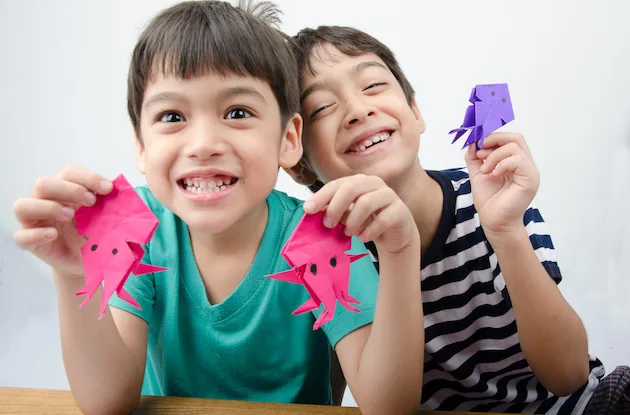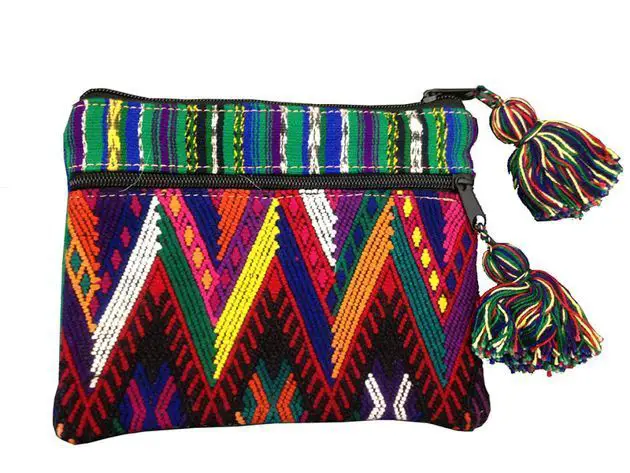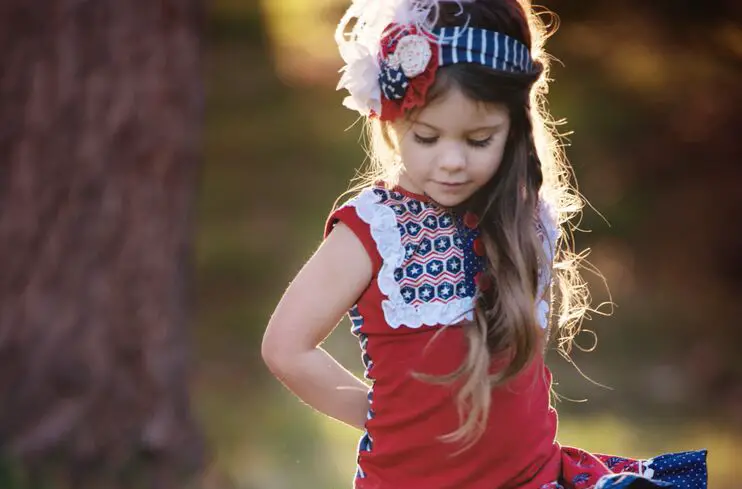In most families, taking photos at the holidays is as much a tradition as baking and wrapping packages. Often, however, roles of festive film are developed mid-January and the prints disappear into albums or, more likely, shoeboxes and desk drawers. Digital cameras are changing all that. By offering instant, inexpensive images, these cameras are transforming the way families think about and enjoy the pictures they take. For one thing, kids are often the ones looking through digital view finders. With traditional film, most parents are reluctant to hand over the camera. Fifty cents a print is a lot to pay for pictures of headless people and grimy thumbprints. Digital cameras, in contrast, allow kids to experiment without considering the cost of film and developing. Though it’s possible to buy a just-for-kids-camera like JamCam for as little as $100, children learn more from equipment with LCD screens. Cameras like the Nikon Coolpix 2500, Olympus Camedia and Kodak Easy Share give young photographers instant feedback about lighting, focus and position so they can decide on-the-spot whether to save, delete or reshoot their pictures. The result: parents save money and kids learn a lot faster because they don’t have to wait to see how a picture comes out. If taking pictures with digital cameras is child’s play, getting the camera to cooperate with the family computer is usually a job for a computer-savvy teenager. The one thing parents will want to master is how to save — and backup — pictures worth keeping. Unlike traditional film which makes you pay for good, bad and even ugly prints, a digital camera lets you delete the shots where mom blinks or the dog’s tail is in the picture. Most people find they scrap a full 50 percent of what they shoot. Of the remaining pictures, only the real winners get printed and the rest stay on the computer. To avoid heartbreak, make it a rule that kids check with a parent before deleting pictures on the camera or in the computer. Kids who have run out of memory may think nothing of trashing photos from grandma’s birthday or a sibling’s soccer game. Make some rules about sharing digital photos too. Young children, for example, love to print out pictures but they should check with an adult before using expensive glossy paper. One advantage of digital pictures, of course, is that they don’t need to be printed to be shared. Instead of developing birthday pics, getting reprints of the best ones and sending them through the mail, grandparents can now get same-day email showing junior opening their present. Be wary, however, about posting digital pictures to websites unless you can control who has access. And make it clear to kids — especially teens — that they must never send digital pictures to people they don’t know. The real fun with digital pics goes well beyond saving and sharing. Photos can be inserted into everything from albums and greeting cards to banners and holiday newsletters using nothing more than basic graphics programs like Print Shop Deluxe and Printmaster Platinum. For extra fun, try specialized software like Photo Parade, which produces digital slide shows; or Home Gene-Splicing Kit, which makes it alarmingly simple to turn brother into a baboon or mom into a sheep. Here are some other ideas:
Journaling. Encourage kids to print out favorite pictures of everyday activities as well as big events. Suggest they write a few words or an entire story on the same page. (Take dictation for little kids). Keep these pages in a binder. Turn them into “All About Me Books” for young children.
Time lapse. Take daily or weekly pictures of something that would otherwise be changing imperceptibly— a seed your child has planted, a new pet, a younger sibling, the view from the front window. Assemble the pictures into a “flip book”.
Step by step. Help kids master — or remember — projects they’ve done by taking pictures at each stage. Sequential pictures make award-winning science projects, but they also help kids feel proud of other accomplishments like learning to bake cookies or making holiday decorations.
Party time. Pass the digital camera around at family gatherings and holiday parties. Consider hooking it up to the TV so guests can see a slide show during the party. Print out the best pictures as take-home favors or thank-you notes.
Good as they are at capturing the fun of the moment, digital cameras may not be the best way to preserve the memories that really matter. Aside from dreadful stories of family archives wiped out by computer catastrophe, the software behind digital cameras is sure to change in the years ahead and you may not want baby pictures tied up with obsolete technology. For now the rule of thumb should be — film for the memories you’ll treasure, and digital pics for here-and-now pleasure.





















